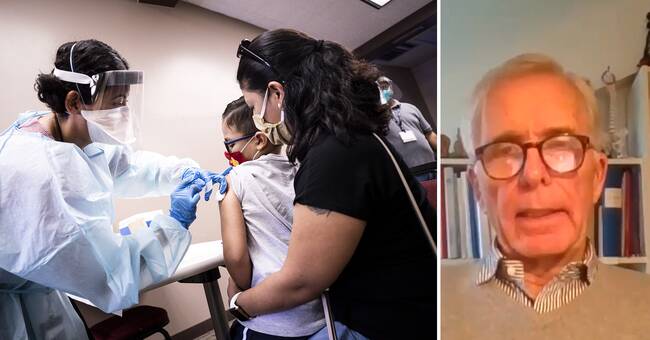The first doses of a vaccine against covid-19 are expected to be delivered to Sweden in early January, when the regions will be ready to start vaccinating.
SVT has asked how they are preparing to cope with the task - these are the challenges they are currently working on trying to solve.
What should the logistics look like?
What vaccine it will be, when it can be delivered and how many doses will come are questions that the regions ask themselves.
The lack of information requires that you work based on several different scenarios.
Sweden has signed agreements with several different vaccine manufacturers, one of which is Pfizer.
Their vaccine must be stored in minus 70 degrees, which becomes difficult for many regions.
- The challenge will be to cool the vaccine.
At our hospitals, we have such freezers, but there are none in the health centers, says Ann Söderström, health and medical care director in the Västra Götaland region.
With what staff?
It will primarily be those who work in primary care and in nursing homes who will be given the task of carrying out the vaccinations.
Several regions believe that they will be able to vaccinate the risk groups without affecting the other activities of primary care too much, thanks to the routines that exist for giving the flu vaccine every year.
- The staff is under a lot of pressure but has managed to vaccinate against influenza during the ongoing pandemic, says Ann Söderström.
When it comes to vaccinating the rest of the population, it is more difficult to predict how much staff will be needed.
In Västra Götaland, inquiries have begun to be made to retired staff.
Another solution that several regions are currently looking at is signing agreements with private actors, such as companies in the travel vaccine.
In several places, there is at the same time a concern that the staff will not be enough.
- We do not have a parallel set of nurses to use.
Where should it happen?
Vaccination of risk groups will primarily take place at health centers, nursing homes, hospitals and private vaccination centers.
Several regions are also working to be able to offer vaccination at home for people at risk.
When the rest of the population is to be vaccinated, it may be relevant to rent in larger external premises.

